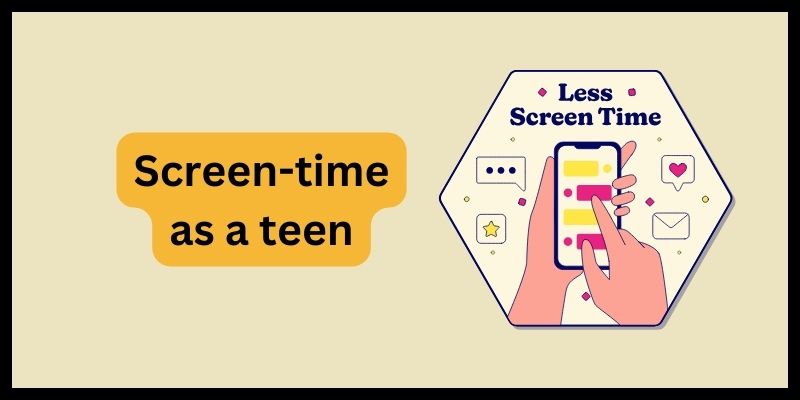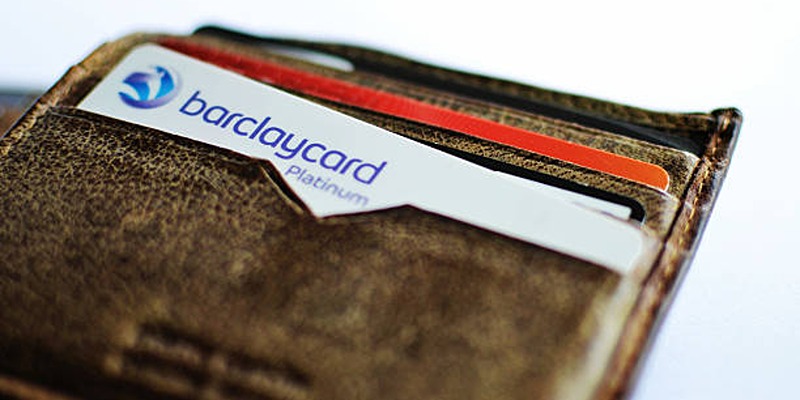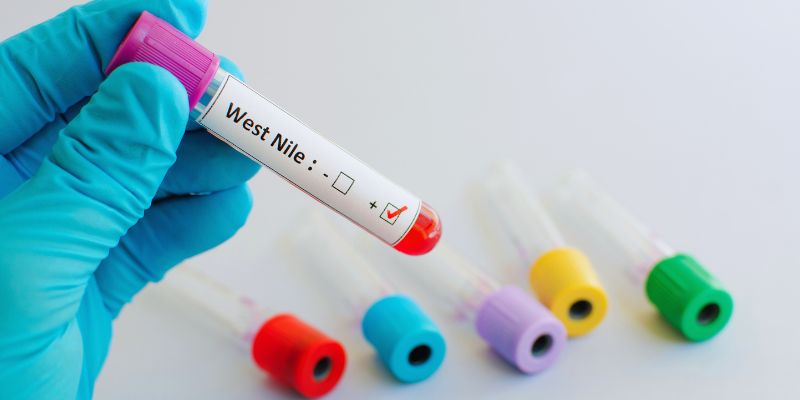Migraine Relief: Can Nerve Stimulation Be the Answer?
Headaches plague millions worldwide, making everyday life difficult. Because painkillers and antidepressants don't always work, many individuals hunt for them. Medical investigations may involve nerve activation. This new migraine medication may reduce discomfort and end episodes by targeting the neurological system. Technology has made nerve stimulation devices simpler to acquire, helping migraine sufferers.
FDA-approved devices and research use nerve stimulation to treat migraines. The approach may benefit those who don't react to normal therapy, but it's not proven. People seeking novel migraine treatments must understand nerve stimulation and its advantages and downsides.

How to Understand Migraine Science
Not only do migraines hurt, they alter the brain. Migraines are thoughts that are triggered by abnormal brain nerve impulses, blood vessels, and hormones. These alterations cause acute migraines and mood swings. Genes, hormones, stress, and environment may induce migraines.
Most migraines are produced by the trigeminal nerve, the biggest and most problematic head nerve. These nerves emit substances that promote inflammation and dilate blood vessels when overstimulated. This creates migraine symptoms like agony. This technology has allowed researchers to create customized treatments like nerve stimulation, which reduces migraine frequency and intensity.
Along with the trigeminal nerve, serotonin and dopamine are being examined in migraine development. Chemical changes may prolong and worsen headaches. Scientists are studying neuron networks and brain chemistry to understand headaches. This improves nerve stimulation therapies.
Using nerve stimulation to treat migraines
Nerve stimulation is a novel migraine treatment that targets migraine-causing nerves with electrical impulses. Electrical impulses alter nerve activity, reducing pain and swelling. By altering how the nervous system processes pain, nerve stimulation may reduce headaches.
Direct and non-invasive nerve stimulation are the major forms. No surgery is needed for TENS and VNS since they don't enter the body. These gadgets make home migraine treatment easier. However, invasive nerve stimulation requires medically implanted devices beneath the skin. This gadget continuously shocks brain pathways to relieve headaches. Invasive approaches have proven promise in professional settings, but they're primarily used for chronic headaches that don't respond to therapy.
Vagus and trigeminal nerve stimulation may alter migraine pain transmission before it begins. Pain and swelling are controlled by the vagus nerve and migraines by the trigeminal nerve. Neurostimulators reduce migraine days, prescriptions, and quality of life, according to research. Not everyone benefits from nerve stimulation, a drug-free migraine treatment.
Nerve stimulation may reduce pain and boost cognitive function. It may decrease brain activity and reduce migraine sensitivity by altering nerve transmissions. Sensory sensitivity may worsen migraines for many. Normalizing nerve impulses with nerve stimulation may alleviate migraines and sensitivity. Nerve stimulation is increasingly employed in migraine research and therapy since it affects several nervous system regions.
FDA-Approved Migraine Nerve Stimulators
More and stronger clinical data has led the FDA to approve many migraine nerve stimulation therapies. Some of these relatively intrusive gadgets assist migraineurs in managing pain without drugs.
GammaCore non-invasive vagus nerve stimulation is FDA-approved. A portable device provides mild electrical shocks to the neck's vagus nerve to control pain pathways and reduce migraines. Clinical trials suggest that GammaCore is a better migraine cure than drugs. Regular use helps many headache sufferers, making it an excellent long-term option.
Another FDA-approved forehead trigeminal nerve stimulation device is Cefaly. Migraine sufferers may avoid and alleviate their symptoms using this gadget. Research shows continuous Cefaly therapy reduces migraines and suffering. Migraine sufferers who desire a safe, easy-to-use alternative to medicines like Cefaly.
Many individuals benefit from FDA-approved devices, although the consequences vary. Nerve stimulation therapy might act immediately or weeks later. Migraines' severity, frequency, and sensitivity determine treatment outcomes. Although these therapies are distinct, the rise of nerve stimulation devices implies that future advances in this field might lead to more accurate, tailored treatments for each patient.
Nerve stimulation may revolutionize migraine treatment as research continues. Technology may help migraineurs obtain better, more individualized treatment. A promising new migraine treatment, nerve stimulation, reduces medication consumption and improves health.
Research shows nerve stimulation works.
Many clinical trials have examined nerve activation for headaches. Medical journal and neurology conference research shows this strategy may succeed. GammaCore reduced migraines better than a placebo in a vagus nerve stimulation trial. The findings imply that activating the vagus nerve may modulate brain pain circuits and aid migraineurs.
Cefaly-activated trigeminal nerve experiments have also proven successful. The tool reduced migraine days and painkiller usage for everyday users. These findings care the hypothesis that neuronal activity helps reduce headaches. Many patients benefit from nerve stimulation, but not always. More study is required to enhance therapy and understand long-term impacts.
Nerve stimulation in combination with other drugs is being studied. Neuromodulation, biofeedback, cognitive behavioral therapy, and diet adjustments may alleviate migraines, research shows. Patients with severe or regular migraines may benefit from holistic therapy.
Neurostimulating treatment has downsides.
Nerve stimulation may benefit certain migraineurs. Response inconsistency is a major issue. Some feel much better; others barely do. Nerve stimulation therapy is affected by pain limitations, migraine triggers, and neurological disorders.
Entry cost and simplicity are also essential. FDA-approved devices vary in cost and insurance benefits. Nerve stimulation may be cheaper than long-term medication use for individuals. Direct nerve stimulation requires surgery, which might cause discomfort, infection, or device failure. These principles emphasize the need to consult experts to identify the appropriate therapy for each individual.
Nerve stimulation is generally well-accepted; however, some patients have skin irritation, loss, or discomfort. Learning about these dangers may help migraineurs determine whether nerve stimulation is correct for them.

Next steps for migraine nerve stimulation
As migraine nerve stimulation research advances, technology may improve treatment choices. Researchers want nerve stimulation devices to operate better, be simpler to use, and be more accessible. In the future, migraine-specific therapy doses may improve device performance and patient satisfaction.
Clinical researchers are also investigating how nerve stimulation, lifestyle modifications, and drugs might aid migraineurs. AI and ML neuromodulation devices may improve therapy. Nerve stimulation for headaches may assist individuals worldwide in handling pain and enhancing their quality of life, despite ongoing issues. As nerve stimulation becomes more common, physicians may treat migraines with it. Nerve stimulation might improve migraine treatment for years with additional study.
Conclusion
Nerve stimulation may assist migraineurs who haven't responded to previous therapies. This non-drug technique reduces migraine frequency and severity by targeting pain-sending nerve pathways. As medical technology advances, this therapy procedure is becoming more popular, which is positive for the future. As research continues, nerve stimulation devices should be simpler to acquire and operate better. With additional research and medical advancement, this novel migraine drug might treat millions for years.












